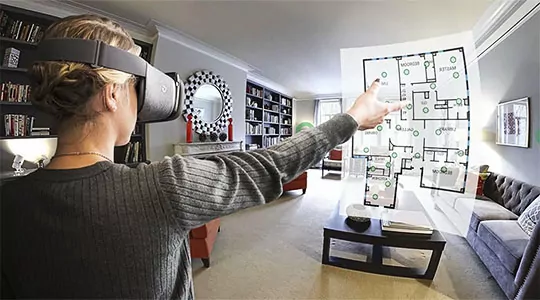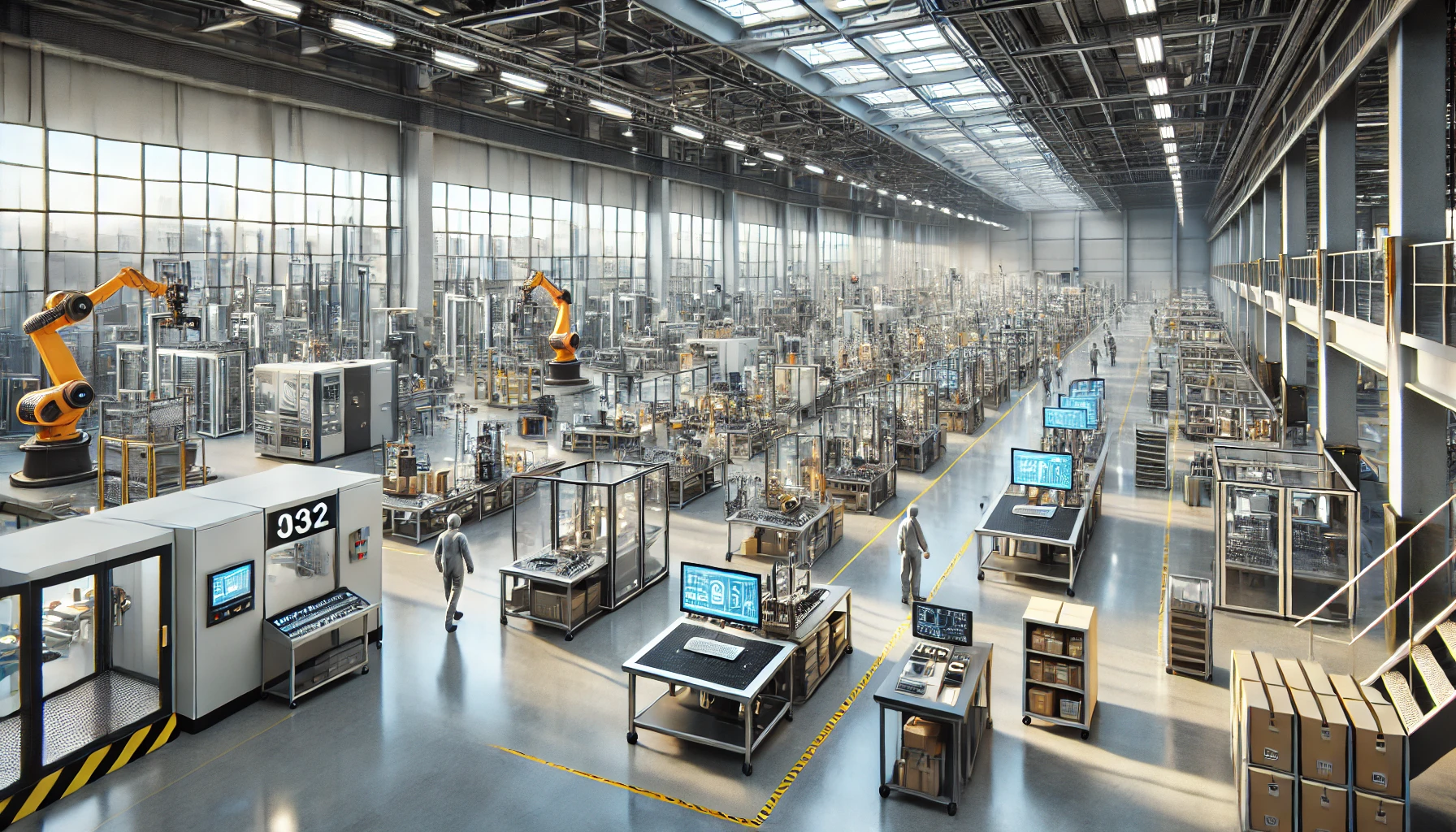

Top Benefits of Virtual Reality in Education
In the dynamic transformation of educational pedagogy, VR has emerged as one of the most potent tools for changing the rostrum of learning among students and their interaction with learning content.
As professionals in this field, we acknowledge the potential that VR brings in revolutionizing education, wherein the very definition of immersion is changing traditional teaching methodologies and making the environment more conducive to learning.
1. Immersive Learning Experiences
The most crucial benefit of VR in education is the potential to deliver immersive learning experiences.
Traditionally, classroom settings rely on textbooks, lectures, and two-dimensional visuals to describe complex concepts.
However, with VR, students step into a three-dimensional world wherein they can learn through exploration in a very engaging and highly physical way.
For example, a history lesson about ancient civilizations can become a field trip to the pyramids of Egypt or Rome’s Colosseum.
It not only enriches their understanding but creates learning experiences that are more memorable and engaging, too.
In fact, research has proved that immersive learning experiences can massively enhance retention rates because students will remember more of what was seen and done in a virtual environment.
2. Accessibility and Inclusivity
The possibility of allowing every student to learn probably represents the most high-potential area of what VR can do to make education more accessible and inclusive.
Traditional educational resources are only available to some, quite often, especially in those places that are poorly served or remote.
Anyway, in the case of VR, students shall access first-class educational content from any place in the world, conditioned on having the right equipment.
Moreover, it can be tailored to the needs of students with different learning styles and abilities.
For instance, VR offers rich multimedia content for visual and auditory learners, while kinesthetic learners can receive interactive simulations.
Besides, using VR enables learning environments that otherwise may be impossible to access—for example, in cases of disability—to be experienced by students, such as a virtual field trip to places physically challenging to visit.
3. Enhanced Collaboration, Social Interaction
Contrary to the belief that VR is a lonely activity, it can enhance collaboration and social interaction among learners.
Indeed, VR platforms provide multi-player environments through which students work on projects collectively, solve problems, and hold discussions, among others, in a shared virtual space.
Being able to collaborate at such levels is of great help in building teamwork and communication skills, which have become an integral part of today’s world.
For example, students collaborating in a virtual biology laboratory could run experiments, share findings, and discuss the results in real time.
This not only mimics the collaborative nature of scientific research but also encourages students to participate in their learning rather than be passive receivers of information.
4. Safe and Controlled Learning Environments
VR provides students with safety and control when studying complex or hazardous subjects. Medicine, engineering, and sciences subjects require practical work, but it is risky.
In this regard, VR simulation allows students to exercise procedures, conduct experiments, and get into hazardous environments without the associated risks.
For instance, VR can train medical students to perform surgical procedures on virtual patients, where they can make mistakes, but there will not be any real-world implications.
Also, engineering students doing experimental design and testing of structures in virtual environments could identify and deal with potential problems before occurring in the physical world.
This approach will not only aid in learning but also ensure that these students are better prepared when faced with issues in the real world.
5. Personalized Learning Paths
Every student learns differently, and one of the fundamental challenges to traditional education is that it caters to these differences.
VR can handle this, which includes a tailored learning pathway for each student on their requirements and development.
Educators can use VR to design learning paths according to a student’s performance, changing the level of challenge or support if needed.
For instance, students can independently work through vocabulary, grammar, and speaking exercises via a language learning VR app, get feedback, and adjust their difficulty dynamically.
With this approach, students remain engaged and motivated—neither overwhelmed nor bored by the material.
6. Cost-Effective Use of Resources
Although the upfront investment in VR technology is high, it helps save educational institutions money in the long run.
This is because traditional resources—such as textbooks, lab equipment, and field trips—are usually quite expensive and constantly need updating or replacement.
In contrast, VR content can be reused, updated, and distributed at fractions of the cost.
For example, a virtual chemistry lab can accommodate hundreds of students who do not need actual chemicals, glassware, and protective gear.
Along the same lines, virtual field trips do away with all the costs associated with transportation, accommodations, and logistical arrangements.
Over time, these savings offset VR hardware and software costs, proving relatively cost-effective for any school or university.
7. Bridging the Gap Between Theory and Practice
Education’s perennial challenge has been bridging the gap between theory and practice; VR achieves this by offering hands-on experiences to students, thereby entrenching theoretical knowledge.
This is of more value in fields like engineering, architecture, and health sciences, in which students must put their knowledge into action in the real world.
For instance, students in an architecture class will be able to view the design of a building and its manipulation to try different materials, structures, and schemes using VR.
The practice-based approach enables them to gain deep knowledge about architectural principles and prepares them for the challenges the profession brings.
8. Future-Proofing Education
As technology progresses, so does the need to acquire digital literacy and technical skills.
Including VR in education can help institutions better-proof their students’ education.
VR introduces students to leading-edge technology and helps engender a mindset of innovation and adaptability that will serve them well in their future careers.
Moreover, with the growth in VR technology, it will soon become ubiquitous, from the entertainment and health sectors to manufacturing and design.
Therefore, giving students experience with VR sets them up for when these skills will be highly relevant.
Conclusion
The benefits of VR in education are as limitless as the mind itself. Ranging from creating totally immersive learning experiences to making education very accessible, inclusive, and customized, VR has the potential to really change the face of how teaching and learning take place.
As the subject matter expert, we are proud to pioneer this change toward reshaping the future of education with the power of virtual reality.
In adopting VR, educational institutions will considerably improve student engagement and learning outcomes to equip them with the challenges and opportunities of the 21st century. The future of education is here—and it is virtual.





